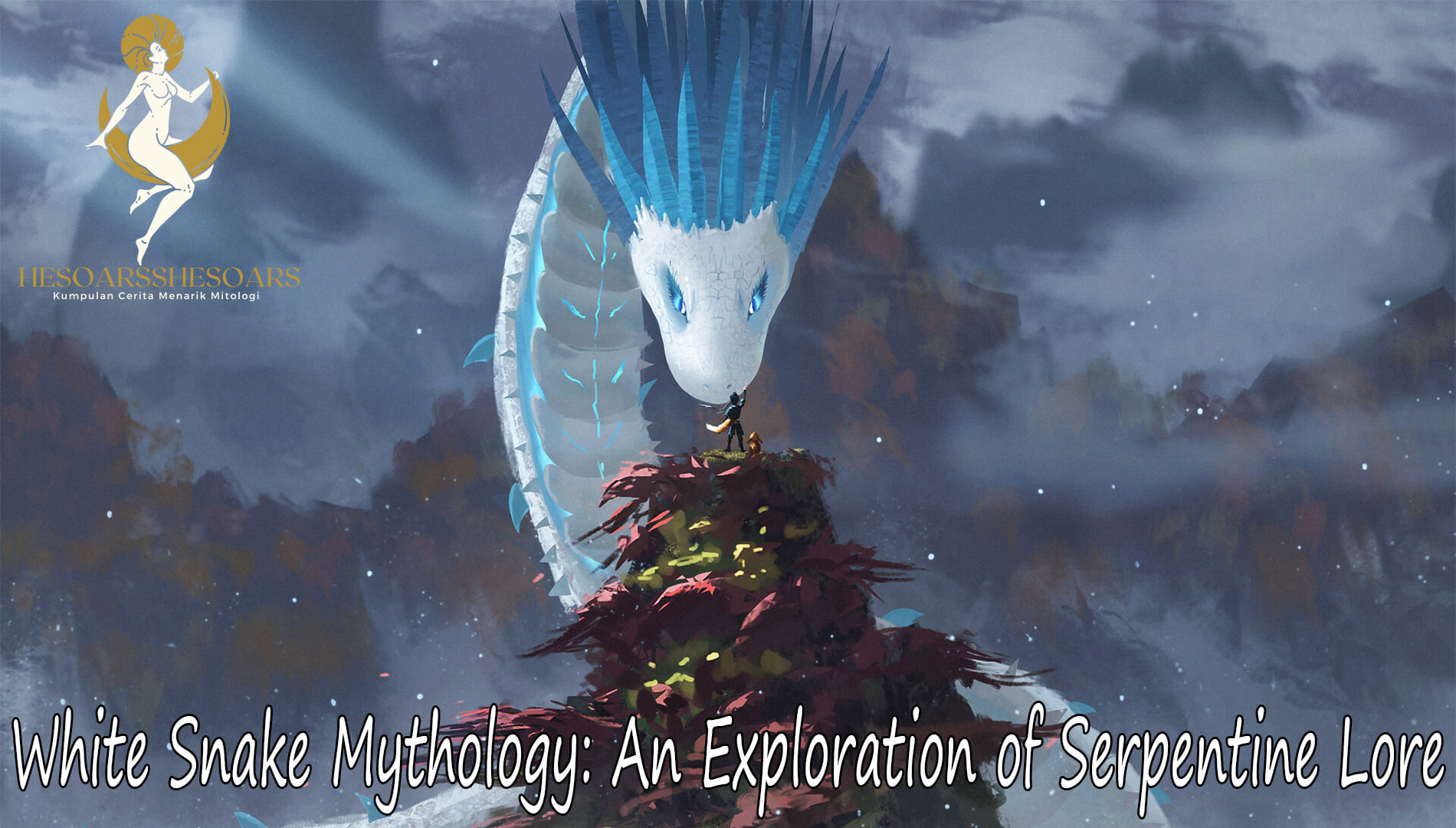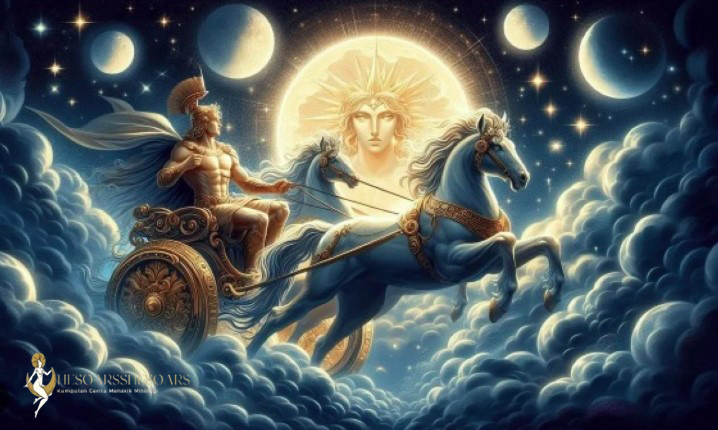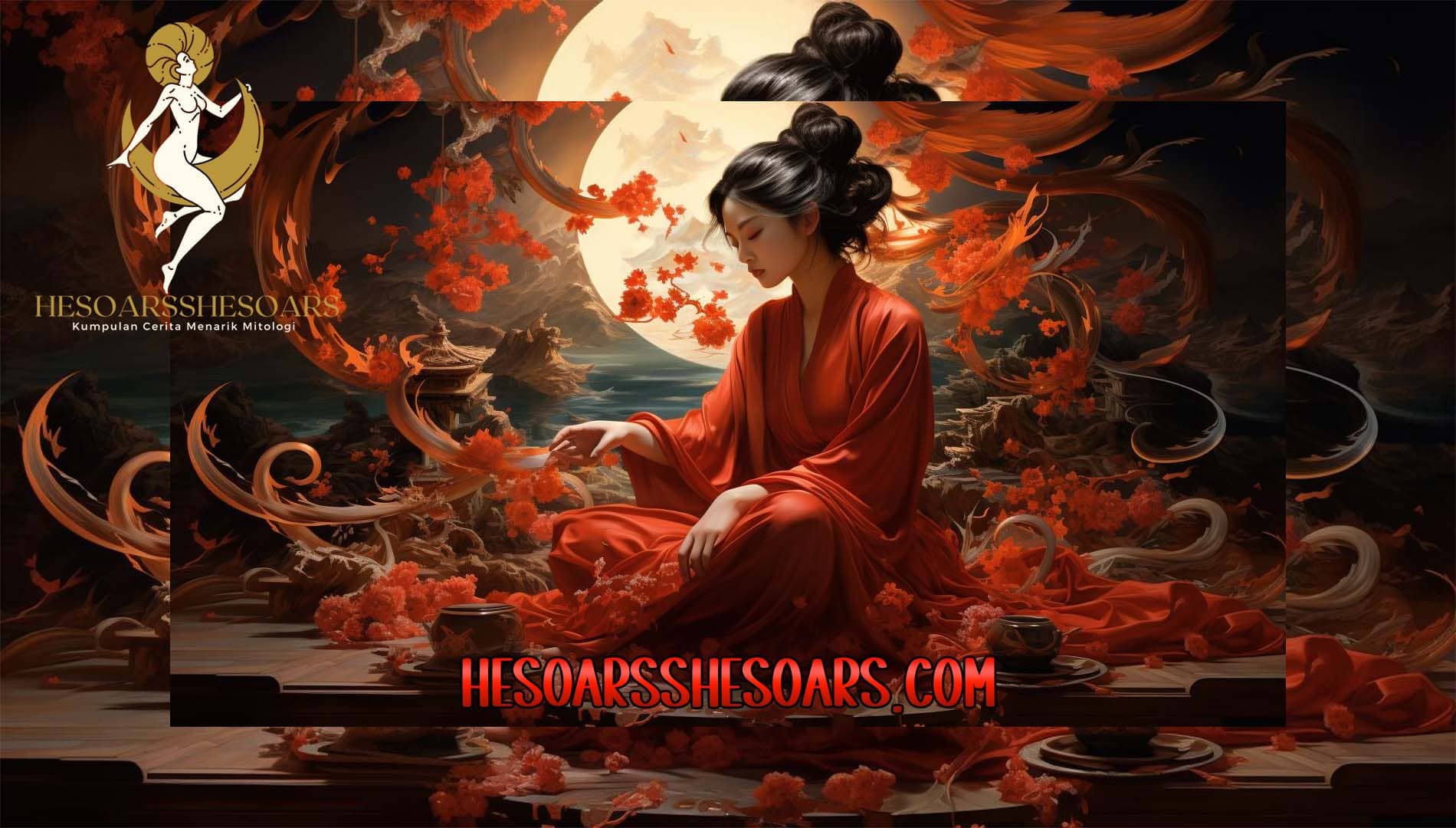Introduction Chinese Mythology
The history of China is vast and complex, intertwined with legends, myths, and tales that have been passed down for millennia. Chinese mythology, with its intricate stories and characters, offers an enchanting glimpse into the ancient Chinese worldview and values. This article will delve into some of the central myths and figures of this captivating realm.
1. Creation of the World: Pangu and the Cosmic Egg
In the beginning, the universe was a chaotic, shapeless mass. From this emerged Pangu, the first living being, who stood inside a colossal egg. For 18,000 years, Pangu pushed apart Yin (earth) and Yang (sky) until they became separate entities. Upon his death, his body transformed into mountains, rivers, plants, and all living creatures.
2. Chinese Mythology Hou Yi and the Suns
Ten suns resided in a mulberry tree, with only one taking its turn to cross the sky daily. However, one day, all ten suns rose simultaneously, scorching the Earth. The archer, Hou Yi, saved the world by shooting down nine of them. In gratitude, he was given the elixir of immortality, leading to another epic tale involving his wife, Chang’e, and her ascent to the moon.
3. Chinese Mythology Chang’e: The Moon Goddess
After securing the elixir, Hou Yi didn’t consume it immediately, desiring eternal life with his beloved wife, Chang’e. However, circumstances forced Chang’e to drink it, causing her to ascend to the moon, leaving behind her heartbroken husband. Today, the Mid-Autumn Festival celebrates her legend.
4. Dragon: Symbol of Power and Benevolence
Contrary to Western dragons, Chinese dragons are wise, benevolent, and associated with water sources and rain. They symbolize imperial power, strength, and good fortune. Emperors often associated themselves with dragons, considering themselves descendants of this majestic creature.
5. The White Snake: A Tale of Love and Sacrifice
In one of China’s most enduring tales, a white snake demon named Bai Suzhen falls in love with a human, Xu Xian. Their love faces numerous challenges, especially from a monk named Fahai who seeks to separate the two. The story addresses themes of love, sacrifice, and the eternal battle between good and evil.
6. The Four Symbols: Guardians of the Directions
These are four mythological creatures representing a specific direction and season: Azure Dragon (East, Spring), Vermilion Bird (South, Summer), White Tiger (West, Autumn), and Black Tortoise (North, Winter). Each has its set of attributes and myths, overseeing and influencing their respective domains.
7. Kua Fu: The Giant Who Chased the Sun
In a tale symbolizing man’s ambition and its consequences, Kua Fu, a giant, sought to catch the sun. Despite his enormous strides, the sun proved elusive, and the pursuit left Kua Fu parched. He drank from rivers, but it wasn’t enough, and he eventually succumbed to exhaustion.
8. The Jade Emperor: Ruler of Heaven
As the supreme deity of Chinese mythology, the Jade Emperor rules over all celestial beings and is vital in the structure of the universe. His myths often interact with other deities and legendary figures, weaving a dense fabric of tales that explain the cosmos’s workings.
9. The Immortals: Eight Legendary Figures
The Eight Immortals are a group of legendary beings, each possessing unique powers and attributes. They represent various aspects of society and are often depicted together, symbolizing immortality and luck.
10. Nüwa: The Creator of Humanity
In times long past, the pillars holding heaven and earth crumbled, causing the sky to fall. Nüwa, a serpent-bodied deity, mended the sky with colorful stones and crafted humans from clay.
Conclusion Chinese Mythology
Chinese mythology, a product of its rich history, diverse cultures, and philosophical inclinations, remains a vital part of the country’s cultural fabric. These tales, infused with lessons, morals, and reflections on human nature, continue to inspire and captivate, bridging the past with the present and guiding future generations.




